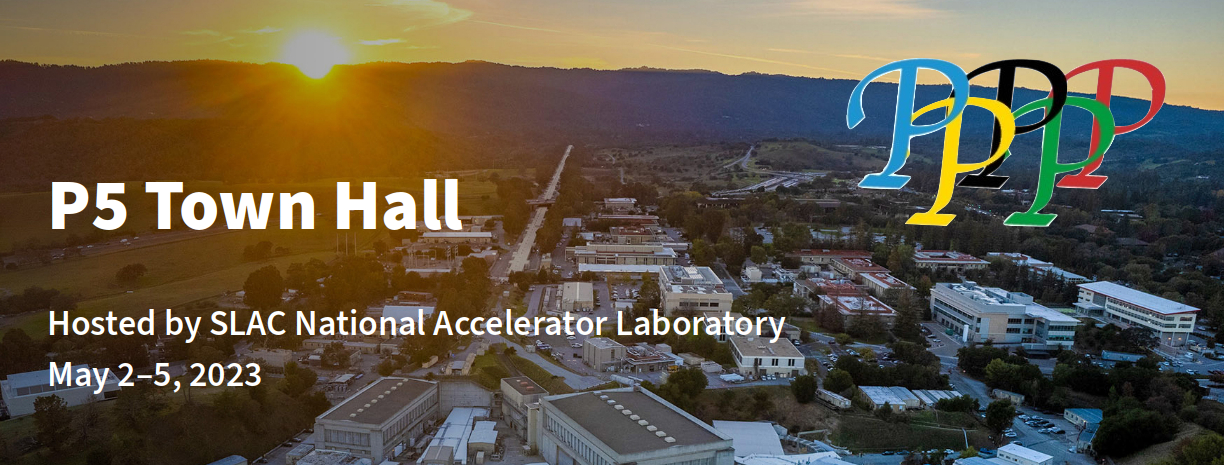Speaker
Description
The energy consumption of any of the e+e- Higgs factory projects that can credibly operate immediately after the end of LHC, namely three linear colliders (CLIC, operating at √s=380 GeV; and ILC and C^3, operating at √s=250 GeV) and two circular colliders (CEPC and FCC-ee, operating at √s=240 GeV), will be everything but negligible. Future Higgs boson studies may therefore have a significant environmental impact. Questions of sustainability should be taken into account in the choice of facilities. In particular, our first responsibility as particle physicists is to do the maximum amount of science with the minimum energy consumption and the minimum environmental impact for our planet. Once the desired physics outcome of a Higgs factory is agreed upon (i.e. the number of Higgs bosons to be produced), FCC-ee can deliver this outcome ten times faster and with an order of magnitude less energy (electricity) consumption than linear colliders. If it were to run today, the corresponding carbon footprint of the FCC-ee Higgs factory at CERN would also be up to two orders of magnitude smaller than that of linear counterparts proposed in other parts of the world.



